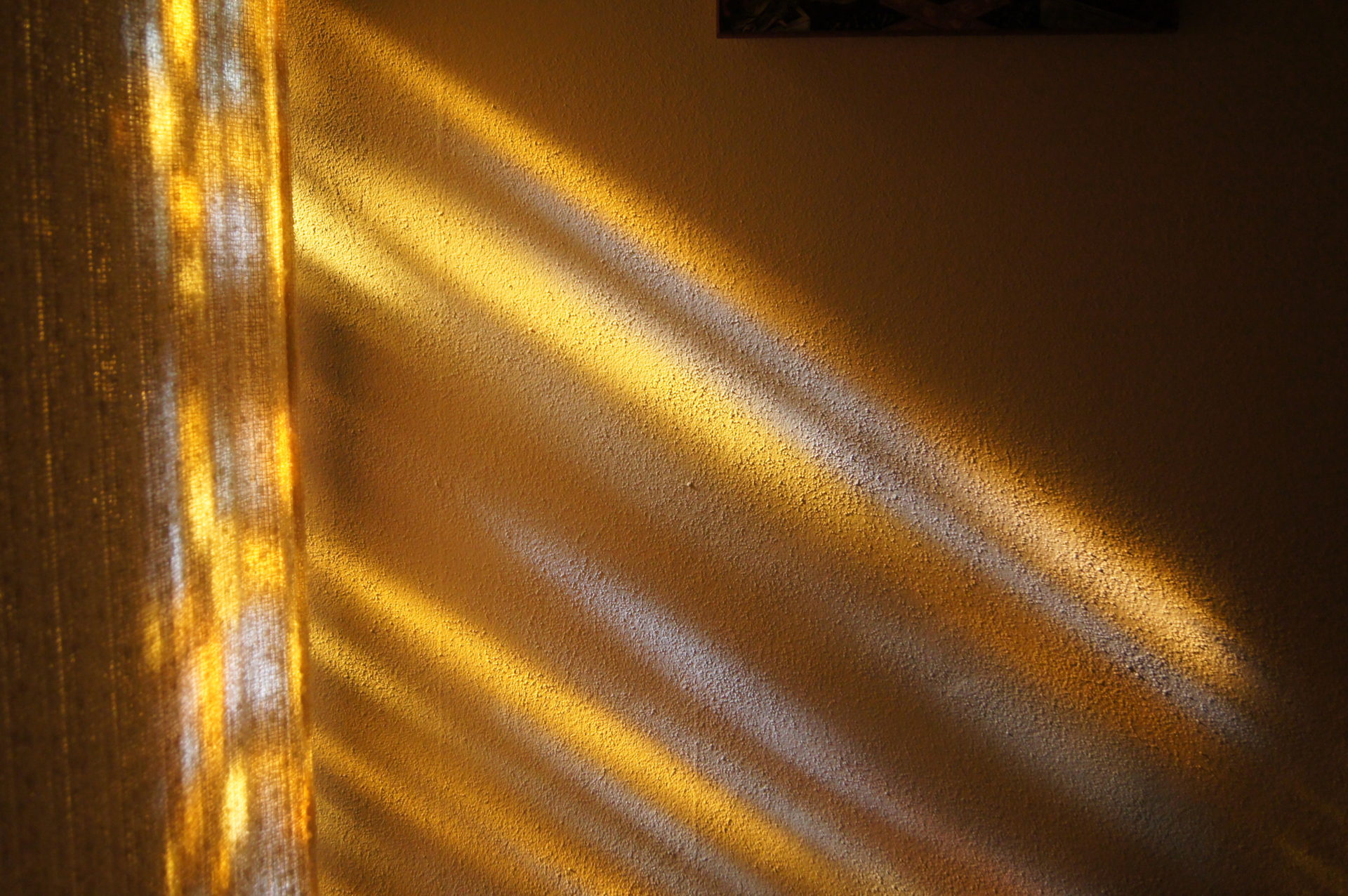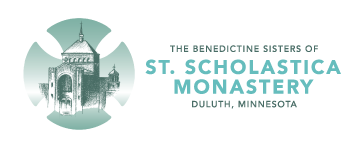When I first agreed to offer the reflection for this, the Fourth Sunday of Lent, it was because I had read the gospel and immediately thought it was about light. Ah, light. My absolute favorite theme from John’s gospel. In fact, I have been so taken with Light that I devoted my master’s thesis to exploring one aspect of this important theme. So, I thought I had something to say. So far so good.
Well, as I began to read commentaries by theologians and Scripture scholars, I realized the readings apparently weren’t about light at all. Now what? Do I tell Sister Jeanne Ann less than a week before that I’ve got nothing?
I decided to spend more time with the readings. Sort of in a quasi lectio, quasi theological reflection kind of mode.
And then I began to see….
For Sunday liturgies the Church, in her wisdom, purposely coordinates thematically the first reading from the Old Testament with that day’s Gospel. So, I spent time going back and forth between the two to better understand the connection.
We hear in the first reading the story of how David was chosen as Saul’s successor. Just previous to when this section begins, we read that Saul had sort of messed up. And God was charging Samuel to choose a replacement, a new king. Usually, the one chosen would be the oldest, the warrior type, the seemingly strongest. So, Samuel looked at Jesse’s oldest and thought this must be the one. Of course he would be a good choice!
But God says no, not that one: “Not as man sees does God see, because man sees the appearance but the Lord looks into the heart,” God tells Samuel.
So Samuel calls the next. No, not that one.
And then the next.
And then the next.
And then the next.
And so it goes, one by one through eight sons who were present at the gathering. I wonder if Samuel was perplexed.
Finally, Samuel asks “Is there anyone else”?
“Well,” Jesse replies, “There is the youngest – but he’s out tending the flock.”
“Send for him. We will not proceed with the banquet until he arrives.”
And lo and behold… You know the story. The boy, David, not yet a man, is anointed in the presence of his brothers. And the author tells us that “from that day on, the spirit of the Lord rushed upon David.”
In today’s lengthy Gospel reading, John relates the story of Jesus’ healing of a man blind from birth. The man’s suffering provokes a question among the disciples: whose sin was it? The man’s sin or that of his parents (a common belief of the day)? Jesus replies rather that it is an opportunity for the glory of God to be revealed.
Then Jesus proceeds to heal the man’s eyes using a patch of mud and saliva, reminiscent of God using mud to create Adam, the first man, in the Book of Genesis. Jesus then sends the man to wash in the Pool of Siloam, perhaps symbolic of baptism. It is that washing that then opened the man’s eyes. One also wonders if this is a play on words – Siloam means sent.
Upset that Jesus has healed on the Sabbath, the authorities interrogate the man, and then his parents. He declares “The man called Jesus made clay and anointed my eyes and told me, ‘Go to Siloam and wash.’ So I went there and washed and was able to see” (John 9:1). He witnesses to what he experienced. He doesn’t embellish, nor does he minimize. He simply states his truth as he experienced it.
In the final scene, Jesus again approached the man who had gained his sight. This time, Jesus asks him,
“Do you believe in the Son of Man?”
He answered and said, “Who is he, sir, that I may believe in him?”
Jesus said to him, “You have seen him, the one speaking with you is he.”
He said, “I do believe, Lord,” and he worshiped him.
This Fourth Sunday of Lent, the halfway mark of Sundays of Lent, is called Laetare Sunday. Why ‘Laetare’? This is the Latin for the first word of the Entrance Antiphon: “Rejoice!” from the Book of Isaiah 66:10-11: “Rejoice, Jerusalem, and all who love her. Be joyful, all who were in mourning; exalt and be satisfied at her consoling breast.”
My Mom used to call this day a day of ‘subdued rejoicing.’ On Laetare Sunday the Church celebrates hope and joy in the midst of our Lenten bona opera (good works), offering us a glimpse of the abundant gift that is to come with Easter.
Did you notice those two words, hope and joy? When we append them to the healing experienced by the man blind since birth, and by extension, the ongoing healing we seek, we have the same core mission values that are at the heart of our Bishop Daniel Felton’s pastoral letter, “Healing, Hope, and Joy in Jesus.” (See link below)
Healing, hope, and joy. As Bishop Daniel notes, these are sequential. They may also be thought of as iterative and perhaps somewhat circular, forming and informing each other. I suspect if we were to illustrate this visually, there might be arrows pointing from each of those words, to each of the others.
Perhaps those reflection questions we discussed this past week in the Monastery are worth revisiting: How will I, and we, be the healing, hope, and joy our world so achingly needs?
And so my prayer for myself, for each of us, and for us as Community is that we may truly see as God sees.
Now, I wonder if maybe I wasn’t quite as mistaken as I initially thought. For isn’t it the Light that gives us to see? That helps us to believe? Indeed, the Gospel verse for this liturgy is from John 8:12: “I am the light of the world, says the Lord; whoever follows me will have the light of life.”
The story is often told of a youngster in religion class whose teacher questions her about the meaning of a saint. Having observed the beautiful stained-glass windows of her church, the child replies “A saint is a person that the light shines through” (Mullahy 57).
Maybe the child had it right. A saint is one who lets the light shine through.
Let’s each one of us, let the Light of Christ shine through!
Amen.
To read the message from Bishop Daniel Felton of the Diocese of Duluth, click here: https://uploads.weconnect.com/mce/6e75d23a0574afce62799aab4afcd882f53d6680/Communications/dio003_122022%202022%20Pastoral%20Letter.pdf

